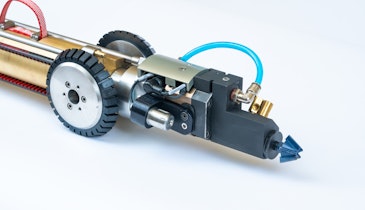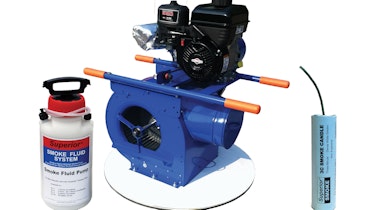The National League of Cities, in collaboration with Bloomberg Philanthropies and other groups, is running a training program aimed at aiding smaller cities in directly applying for federal infrastructure funding.
These boot camps educate cities on the nuances of grant opportunities, helping them overcome challenges arising from limited resources and expertise. Over 600 cities have already benefited from the training since its inception last summer, securing a combined $428 million. The boot camp courses — likened to college classes by a senior executive at NLC — span three to four months and cover specific grant opportunities, aligning with respective deadlines. Attendees gain insights from subject matter experts and receive various resources to streamline the application process.
The program targets cities with populations below 150,000, aligning with the Infrastructure Investment and Jobs Act, which promotes direct federal funding access for smaller cities.
Chlorine Gas Release at Omaha WWTP Injures Four
A chemical reaction at the Missouri River Wastewater Treatment Plant in Omaha, Nebraska, resulted in a chlorine gas release recently, injuring four individuals.
The incident occurred when residue interacted with sodium hypochlorite. Although all injured parties received on-site treatment, three were transported to a hospital while the fourth declined further medical attention.
Authorities were quick to assure the public that the spill posed no external threat and only the warehouse facility was evacuated. Despite the incident, water quality remains unaffected.
Mussel-Inspired Membrane Could Boost Sustainability for Industrial Wastewater Treatment
Engineers have unveiled a membrane designed for wastewater treatment, named the thin-film composite nanoporous membrane (TFC NPM). This innovative membrane showcases a remarkable ability to separate chemicals and salts from water. Detailed in a recent research paper in Nature Water, the membrane's design draws inspiration from mussels and offers the possibility of more sustainable water management in sectors like pharmaceuticals and food processing.
While current membranes used in electrodialysis offer separation efficiencies between 90% to 95%, the TFC NPM boasts efficiencies surpassing 99%. Additionally, it operates with reduced energy consumption and at a diminished cost.






